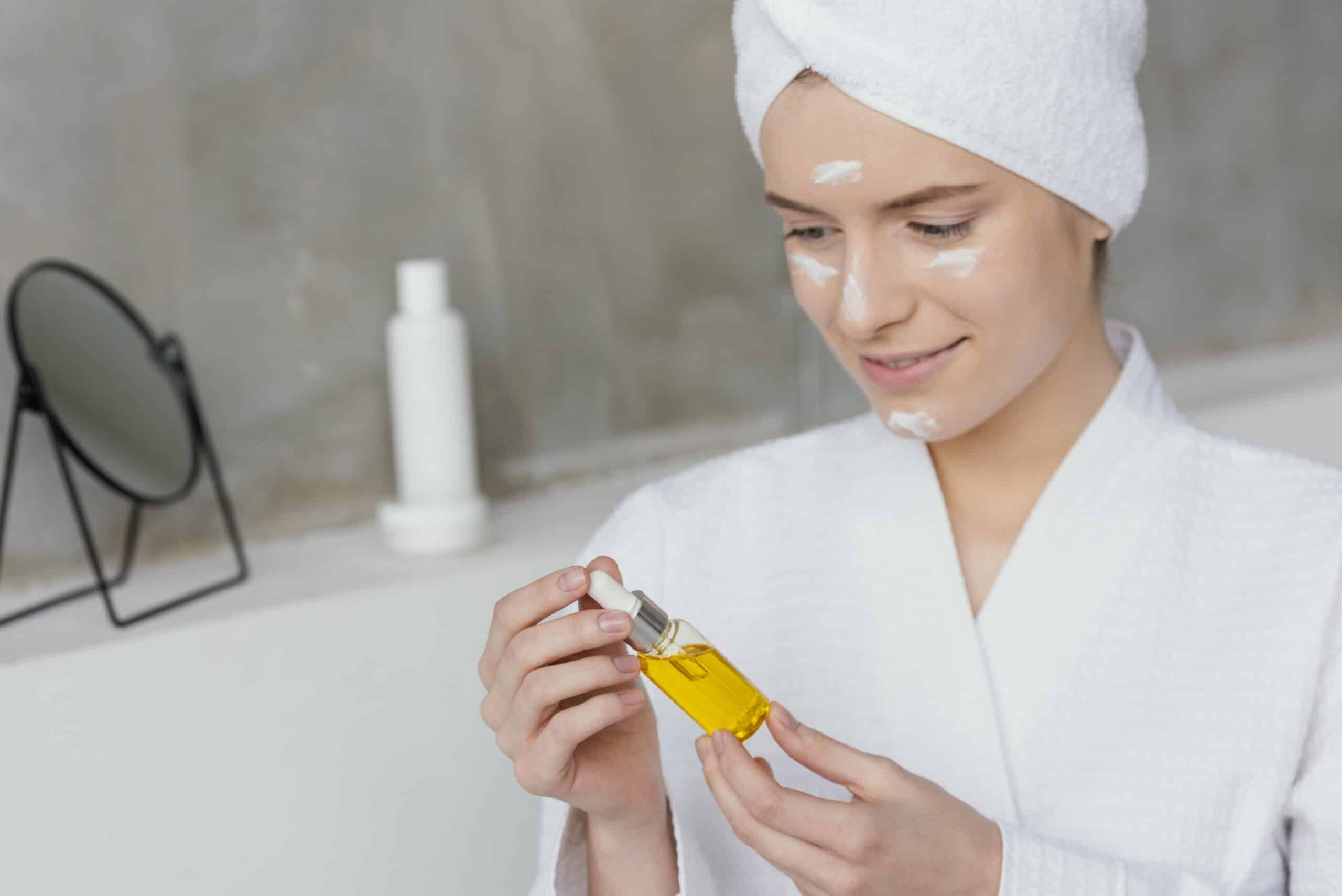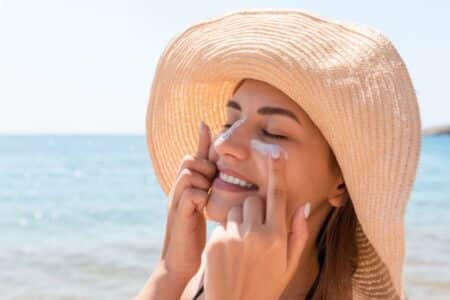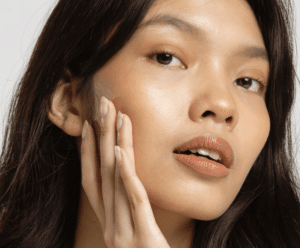Acne is one of the most common skin concerns among teenagers. It often appears during puberty due to hormonal changes, but it can also be influenced by genetics, lifestyle, and skincare habits. While occasional breakouts are normal, developing a consistent and effective skincare routine can help reduce acne and promote clearer, healthier skin over time.
This guide will walk you through the fundamentals of skincare for teens: building a routine to combat acne, including understanding the causes, choosing the right products, and forming healthy habits that support long-term skin health.
Understanding Teenage Acne
Acne occurs when pores become clogged with excess oil, dead skin cells, and bacteria. For teens, the main trigger is increased hormone production during puberty, which causes the skin’s oil glands to become more active.
Common types of acne include:
- Blackheads – Small dark spots caused by clogged pores that remain open.
- Whiteheads – Small white bumps where the pore is blocked and closed.
- Papules – Small red bumps that may be tender to touch.
- Pustules – Pimples containing pus.
- Cysts – Large, deep, and often painful acne lesions.
Understanding these types can help in selecting the right skincare approach.
Why a Skincare Routine Matters
A structured skincare routine for teens serves two purposes: prevention and treatment. By cleansing, protecting, and nourishing the skin regularly, you can reduce oil buildup, minimize bacteria growth, and prevent clogged pores.
Unlike quick fixes or spot treatments, a routine focuses on long-term skin health. Consistency is key—results often appear after several weeks of regular care rather than overnight.

Building a Teen Skincare Routine to Combat Acne
When creating a skincare routine, it’s important to choose gentle, non-irritating products designed for acne-prone skin. Overly harsh cleansers or frequent scrubbing can strip natural oils, causing the skin to produce even more oil and worsening acne.
Below is a step-by-step guide to a simple yet effective daily routine.
Step 1: Cleansing
Cleansing removes dirt, sweat, and excess oil from the skin’s surface.
Tips for effective cleansing:
- Wash your face twice daily—in the morning and before bed.
- Use a mild, sulfate-free cleanser formulated for oily or acne-prone skin.
- Avoid scrubbing hard; use gentle, circular motions.
For active breakouts, cleansers with salicylic acid or benzoyl peroxide can help unclog pores and reduce bacteria.
Step 2: Toning
A toner helps remove any leftover impurities and balances the skin’s pH after cleansing.
Best options for teens:
- Alcohol-free formulas to prevent dryness.
- Toners with ingredients like witch hazel (for oil control) or niacinamide (for calming redness).
Toning is optional but can be beneficial for oily skin.
Step 3: Moisturizing
Even oily and acne-prone skin needs hydration. Skipping moisturizer can cause the skin to produce more oil, worsening breakouts.
Choose moisturizers that are:
- Oil-free and non-comedogenic (won’t clog pores).
- Lightweight gels or lotions instead of heavy creams.
Look for soothing ingredients like aloe vera or ceramides to keep the skin barrier healthy.
Step 4: Sun Protection
Sunscreen is essential for preventing sun damage, dark spots, and premature aging—even for teenagers. Some acne treatments can make the skin more sensitive to the sun, so SPF becomes even more important.
Sunscreen tips:
- Use a broad-spectrum SPF 30 or higher daily.
- Choose a non-comedogenic, oil-free formula.
- Apply sunscreen after moisturizer every morning.
Step 5: Targeted Treatments
If you have stubborn breakouts, adding a targeted treatment can help.
Options include:
- Benzoyl peroxide – Reduces bacteria and inflammation.
- Salicylic acid – Helps unclog pores and exfoliate.
- Retinoids – Encourage cell turnover and prevent clogged pores.
Use treatments as directed—applying too much can cause dryness or irritation.
Weekly Add-Ons for Acne-Prone Skin
In addition to the daily routine, certain treatments can be used once or twice a week for extra benefits.
Exfoliation
Helps remove dead skin cells, preventing clogged pores. Choose a gentle chemical exfoliant (like a low-strength BHA) over harsh scrubs.
Clay Masks
Draw out excess oil and impurities from the pores. Ideal for oily skin types.
Final Thoughts
Acne is a normal part of teenage life, but it doesn’t have to control your confidence. By focusing on skincare for teens: building a routine to combat acne, you can take proactive steps toward clearer, healthier skin.
A good routine doesn’t have to be complicated gentle cleansing, proper hydration, sun protection, and targeted treatments can go a long way. Combine these habits with a balanced lifestyle, and you’ll set the foundation for skin that stays healthy well beyond your teen years.


